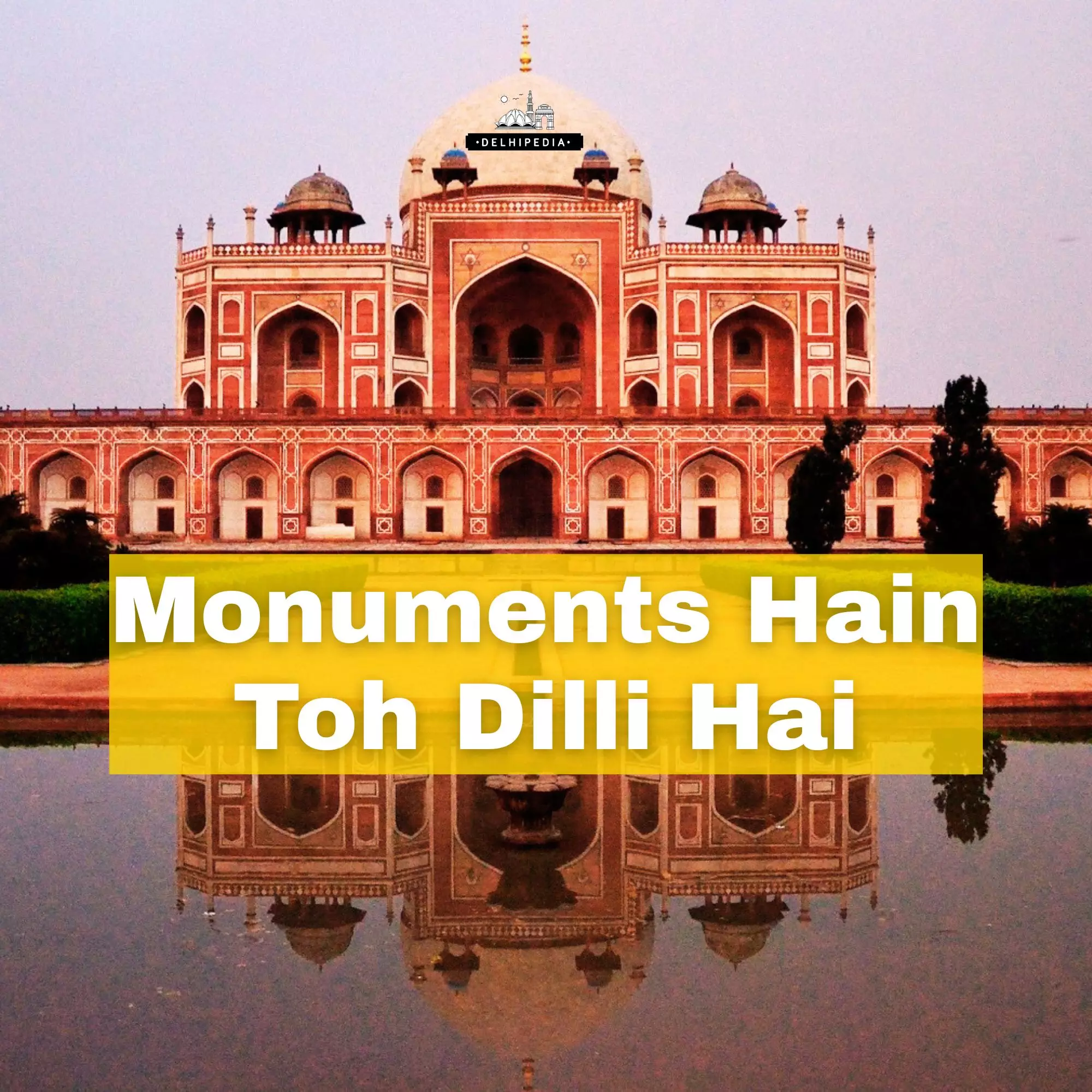Monuments Hain Toh Dilli Hai: The Soul of Delhi Lies in Its Stones
Delhi isn’t just a city—it’s a living, breathing museum. For those of us who call it home, the towering minarets, ancient forts, majestic tombs, and Mughal gardens aren’t just tourist stops—they’re part of our daily rhythm, our backdrop, and our identity. Every stone, every dome, every intricate jharokha tells a story that has shaped the heartbeat of Dilli.
As a true Dilliwala, it’s impossible to separate the spirit of this city from the monuments that define it. They’re not just remnants of the past—they are the soul of the present.
From Everyday Commutes to Timeless Forts
Ask anyone who’s taken the Metro past Qutub Minar—there’s a moment where it peeks from the skyline, and no matter how many times you’ve seen it, your heart skips a beat. That’s the magic of Delhi’s monuments—they’re woven into our lives.
The Red Fort isn’t just a piece of history; it’s the spot where we gather on Independence Day to listen to the Prime Minister’s speech. India Gate isn’t just a war memorial—it’s our collective memory, our picnic spot, our protest ground, our midnight drive destination.
Each Monument, A Chapter in Delhi’s Diary
You don’t need to open a history book to learn about Delhi. Just walk through its streets.
-
Humayun’s Tomb: A quiet morning here is like time travel—when the hustle of the city fades and the chirping of birds takes over, you can feel the elegance of the Mughal empire seep into your soul.
-
Purana Qila: Where lovers meet, families stroll, and history hums in the wind.
-
Agrasen ki Baoli: A mystical pause in the middle of Connaught Place, where the silence of the stepwell contrasts beautifully with the chaos outside.
-
Jama Masjid: With its vast courtyard and breathtaking symmetry, it’s more than a mosque—it’s the spiritual center of Old Delhi’s rhythm.
Where the Old and the New Coexist
The beauty of Delhi is how the past and the present walk hand in hand. Where else can you sip coffee in a Hauz Khas café while gazing out at a 14th-century madrasa? Where else can you find a high-rise mall standing not far from the ancient walls of Tughlaqabad Fort?
Our monuments don’t just sit silently—they speak. They witness our fast-paced lives, our protests, our prayers, our proposals. They’ve seen emperors and commoners, revolutions and renaissances. And they continue to breathe with us.
For Dilliwalas, It’s Personal
These monuments aren’t just historical structures—they’re family. We take our guests to them with pride. We walk their corridors when we need peace. We pose for photos on their steps. We celebrate them, protect them, and live around them.
They remind us who we are: not just residents of a metro city, but heirs to a legacy. Delhi isn’t Delhi without its monuments. They don’t just define the city—they are the city.
Monuments Hain Toh Dilli Hai
So next time you pass by a crumbling wall or a towering gate, pause. Look closer. Because that’s not just stone—it’s memory. It’s pride. It’s home.
From Mehrauli to Shahjahanabad, from Lodhi Gardens to Safdarjung’s Tomb—this city whispers its stories through its architecture. And if you truly want to understand Delhi, don’t just look at its skyline. Feel its stones.
Because Monuments Hain Toh Dilli Hai—and without them, Delhi would just be another dot on the map, not the beating heart of India.



